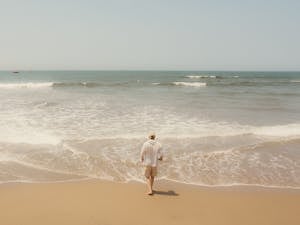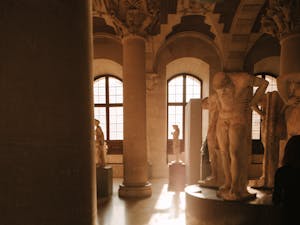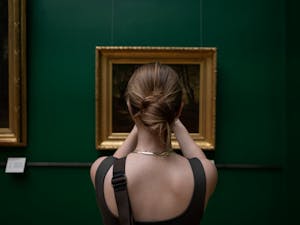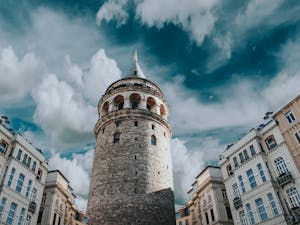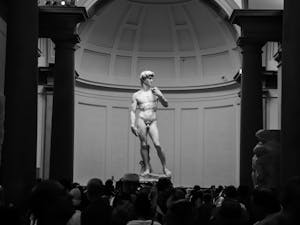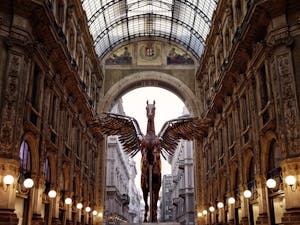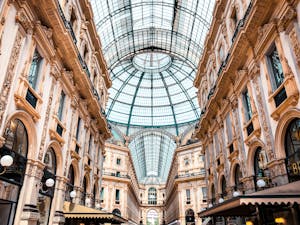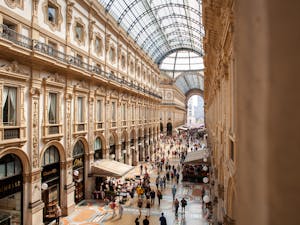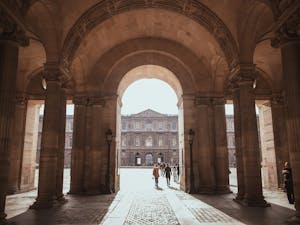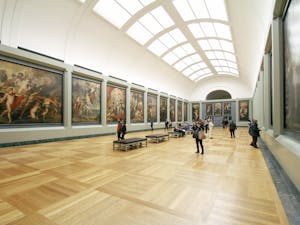Bienvenue sur vacances-petite-pierre, votre destination ultime pour tout ce qui concerne le tourisme!
Découvrez de nouvelles destinations
Profitez d’offres spéciales
Explorez des activités uniques

Actualités
Stay up-to-date with the latest travel news
Our website is your go-to source for all the latest updates in the travel industry.
Find the best deals on vacations
Looking for the best deals on your next vacation? Our site offers a variety of promotions and packages, allowing you to experience amazing destinations at affordable prices.
Idées De Voyage Et Conseils
Trouver Votre Prochaine Aventure
Que vous soyez un voyageur aguerri ou un novice en quête d’aventure, nous avons les conseils et informations dont vous avez besoin pour planifier votre prochain voyage.
Découvrir De Nouveaux Endroits
Laissez-vous inspirer par nos idées de voyage hors des sentiers battus et découvrez des destinations incroyables à travers le monde.

Découvrez nos nombreuses options de voyage!
Nous sommes ravis de vous faire découvrir une variété de catégories passionnantes, allant de l’actualité aux bons plans en passant par le camping, les croisières et bien plus encore.
Actu:
Bon Plan:
Camping:
Croisière:
Rejoignez notre communauté passionnée
Découvrir notre portefeuille de projets
Parcourez notre portfolio de projets pour découvrir quelques-uns de nos meilleurs voyages organisés.
Voyages organisés sélectionnés
Découvrez nos voyages organisés soigneusement choisis pour offrir la meilleure expérience possible.
Derniers articles
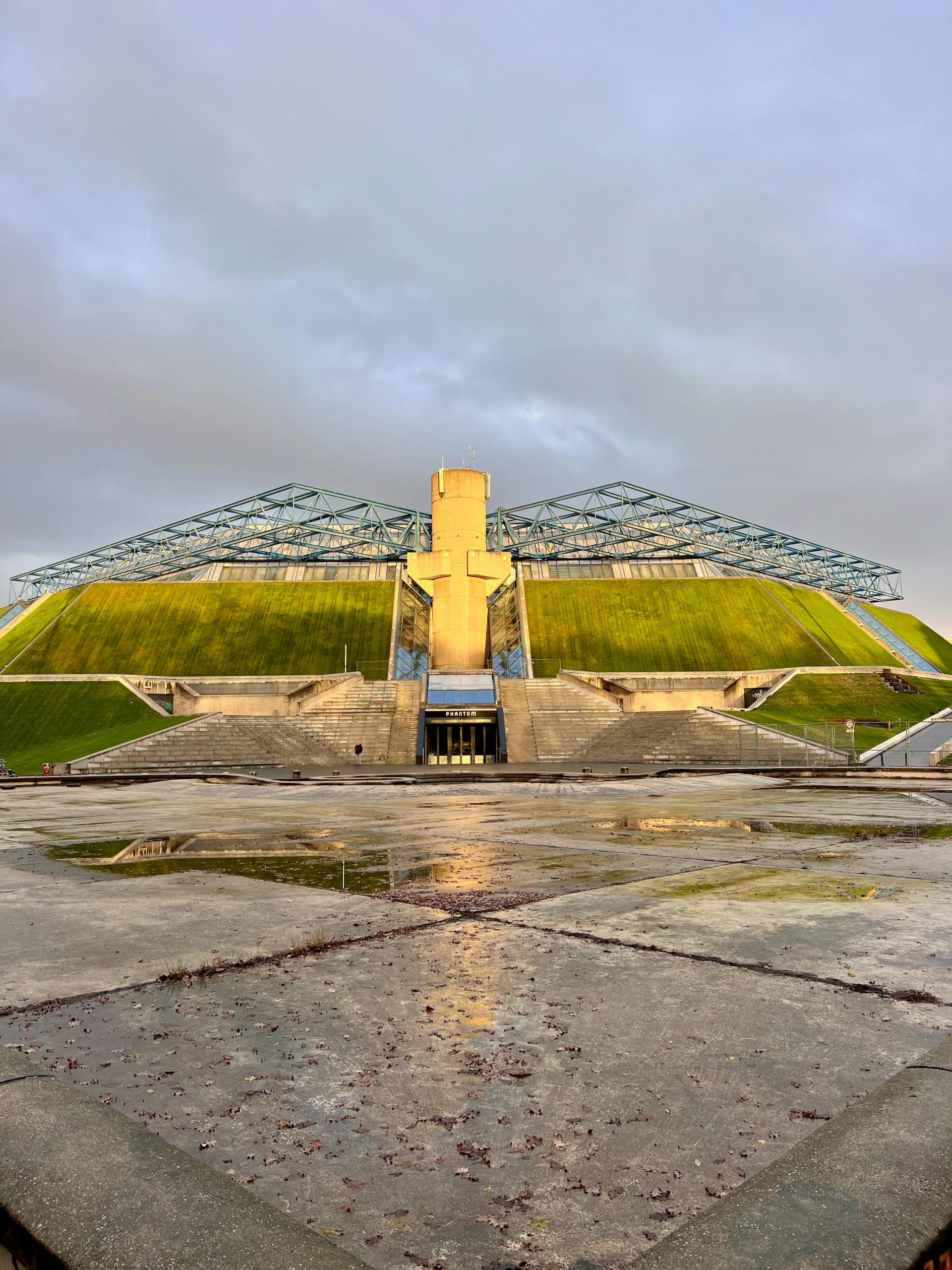
Sorties détente à Paris Bercy : amusez-vous sans limites !
Paris Bercy invite à la détente avec ses parcs paisibles, ses[…]
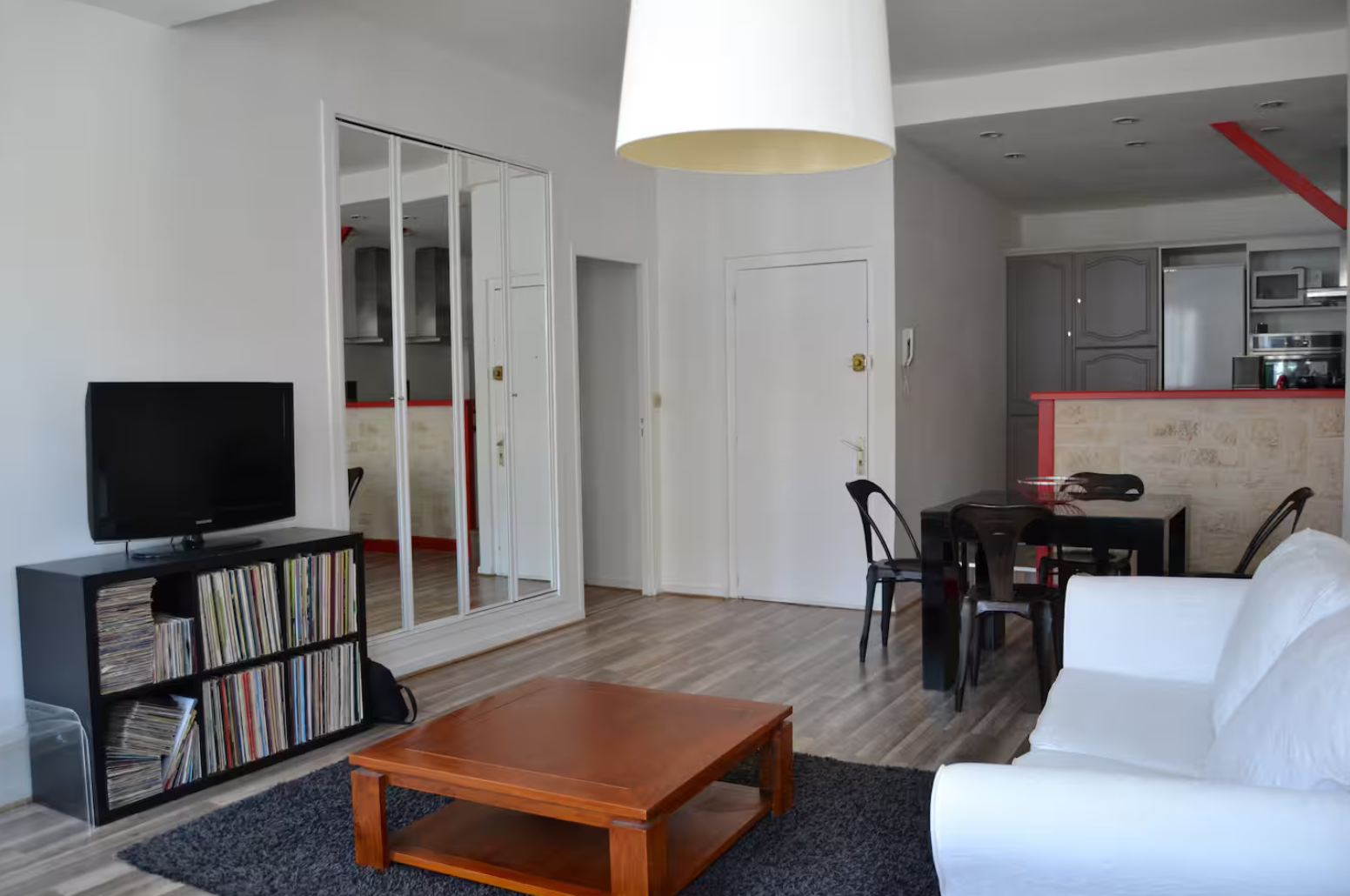
Les 10 airbnb incontournables à saintes pour votre escapade en 2025
Saintes séduit par son riche patrimoine et son ambiance authentique. Trouver[…]
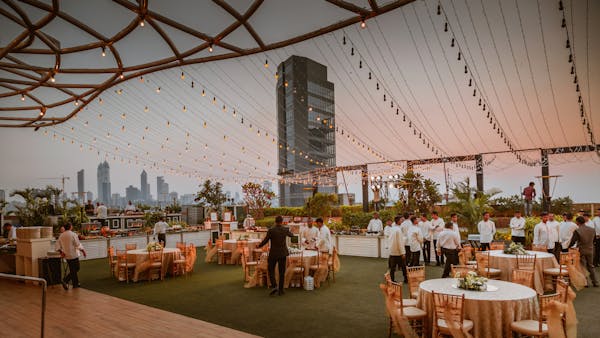
Salle de réception spacieuse à Pornic : fêtes et anniversaires réussis
Découvrez un lieu d’exception à Pornic, idéal pour vos fêtes et[…]

Évadez-vous : roadtrip inoubliable dans le yucatan !
Un roadtrip dans le Yucatan offre une immersion unique entre plages[…]
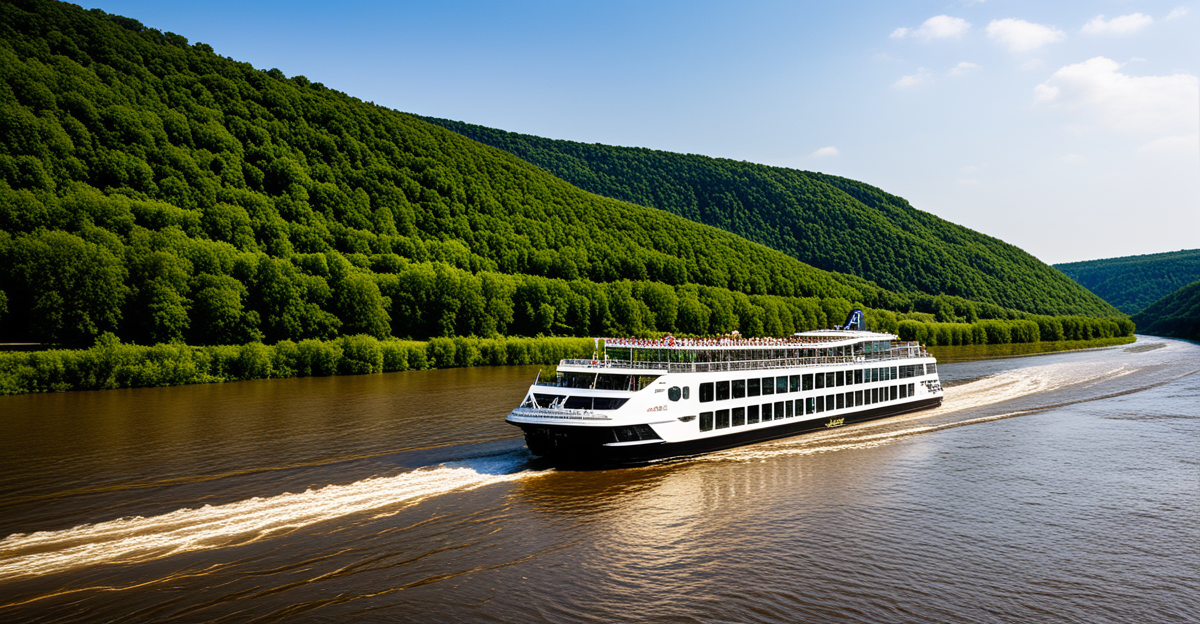
Croisière fluviale accessible : astuces incontournables pour les voyageurs en situation de handicap
Informations essentielles pour réserver une croisière fluviale accessible Avant toute réservation,[…]
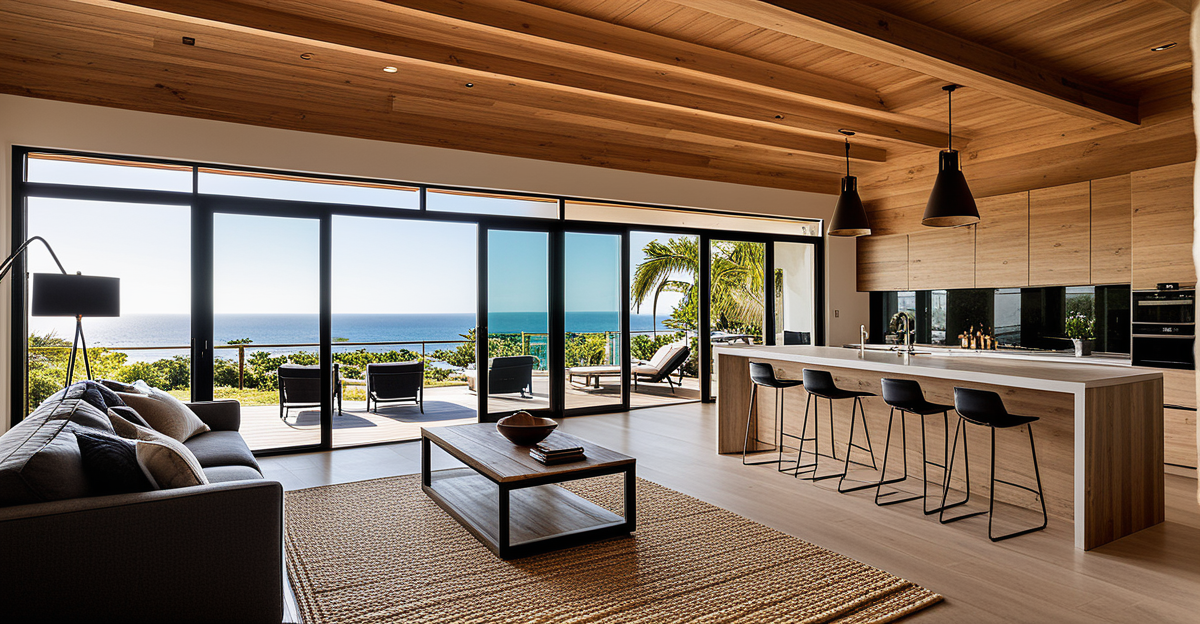
Optimiser la Décoration d’Intérieur pour Sublimer les Locations de Vacances
Conseils Pratiques pour Optimiser la Décoration des Locations de Vacances Pour[…]

Savourez les Délices Locaux lors de votre Évasion à la Campagne
Dévoilez la Gastronomie du Terroir lors de votre Évasion à la[…]
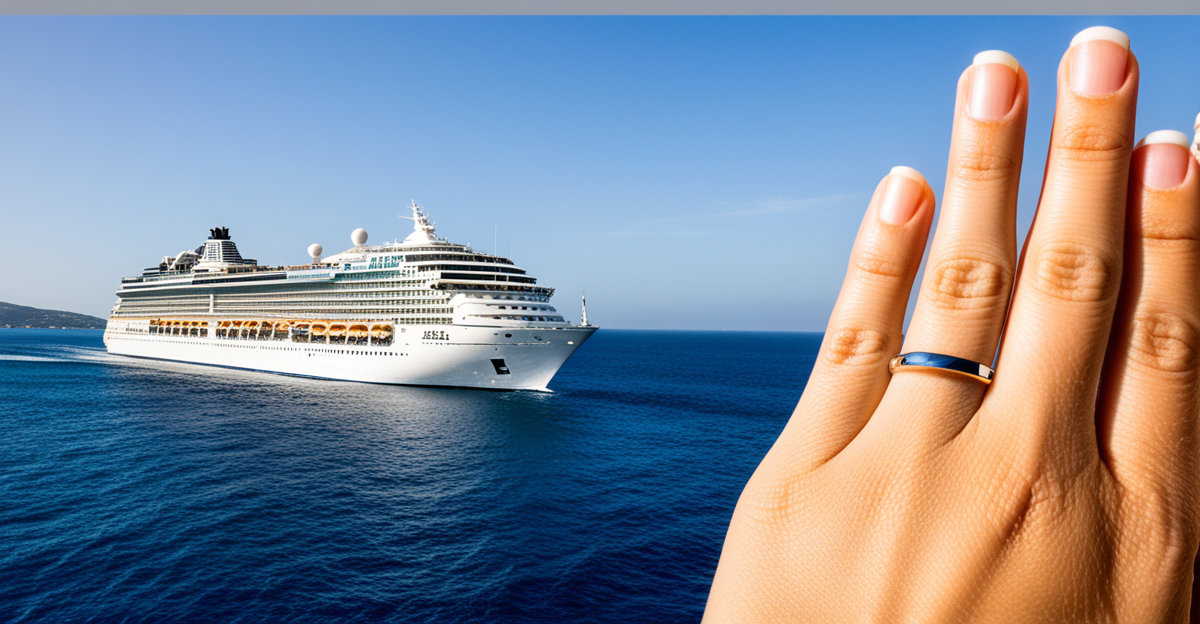
Les pour et les contre d’une croisière en Méditerranée : découvrez l’expérience maritime ultime!
Aperçu équilibré des croisières en Méditerranée : avantages et inconvénients majeurs[…]
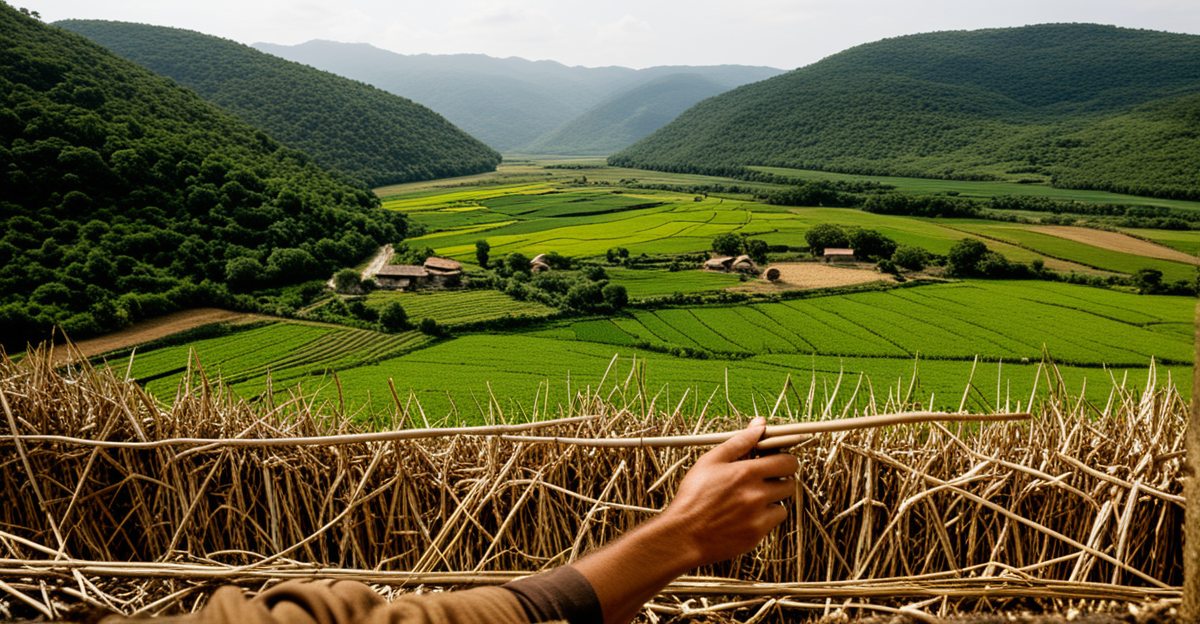
Défis du Tourisme Rural : Stratégies Innovantes pour les Surmonter
Principaux défis du tourisme rural en France Le tourisme rural en[…]
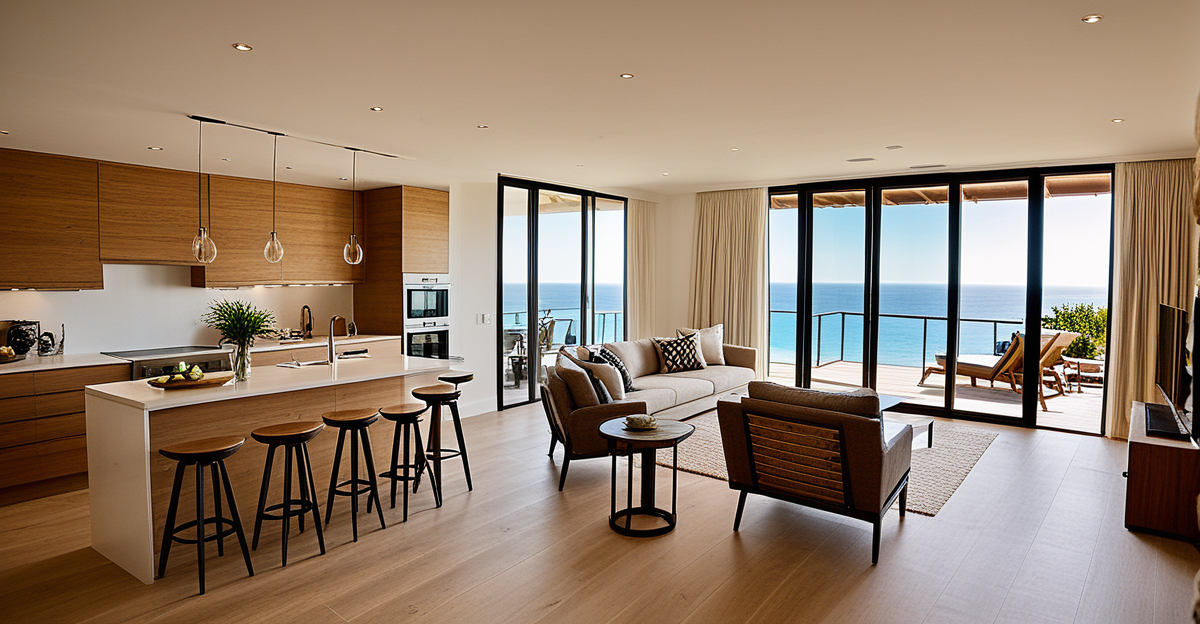
Obligations et Responsabilités du Locataire en Location de Vacances : Tout Ce que Vous Devez Savoir
Principales obligations légales du locataire en location saisonnière La location saisonnière[…]
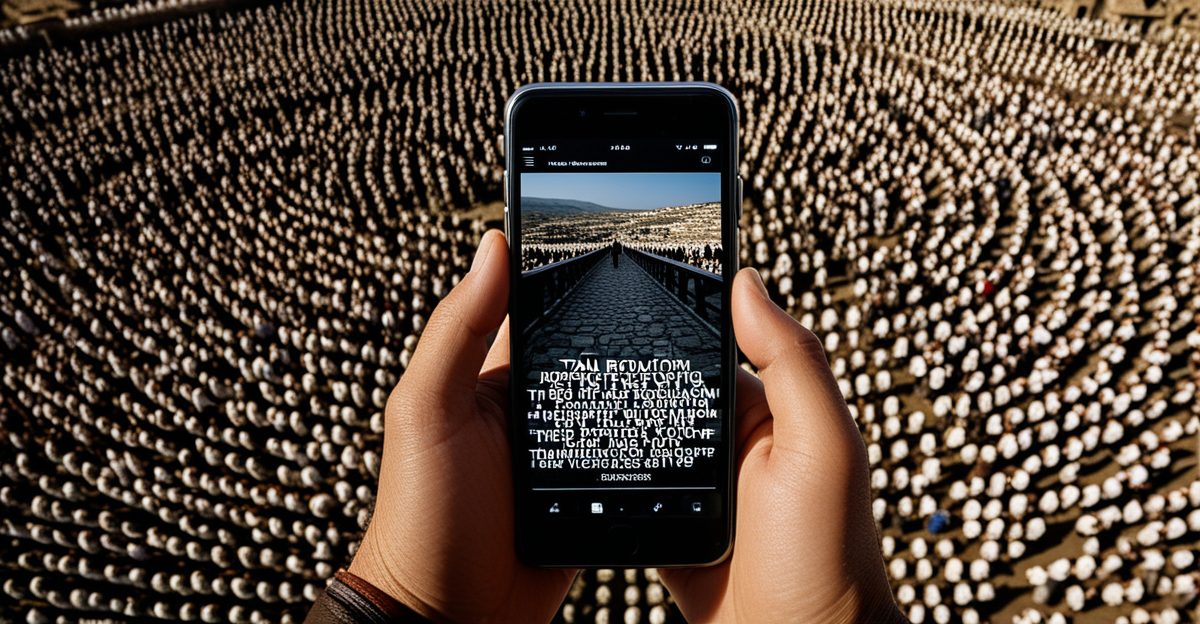
Révolution Numérique : La Transformation des Pèlerinages à Travers les Nouvelles Technologies
La montée du numérique dans les pèlerinages L’évolution des pratiques pèlerines[…]
Découvrez les secrets pour dénicher des offres estivales exceptionnelles et vivre des vacances mémorables !
Explorer les meilleures méthodes pour trouver des offres estivales Pour dénicher[…]

Voyagez futé : conseils savoureux pour réduire vos dépenses alimentaires
Prioriser la découverte culinaire économique lors de vos voyages Explorer la[…]
Escapades Rurales en Famille : Idées d’Activités et Conseils Pratiques pour des Vacances Mémorables avec les Enfants
Inspirations d’activités rurales pour toute la famille Plonger dans la nature[…]
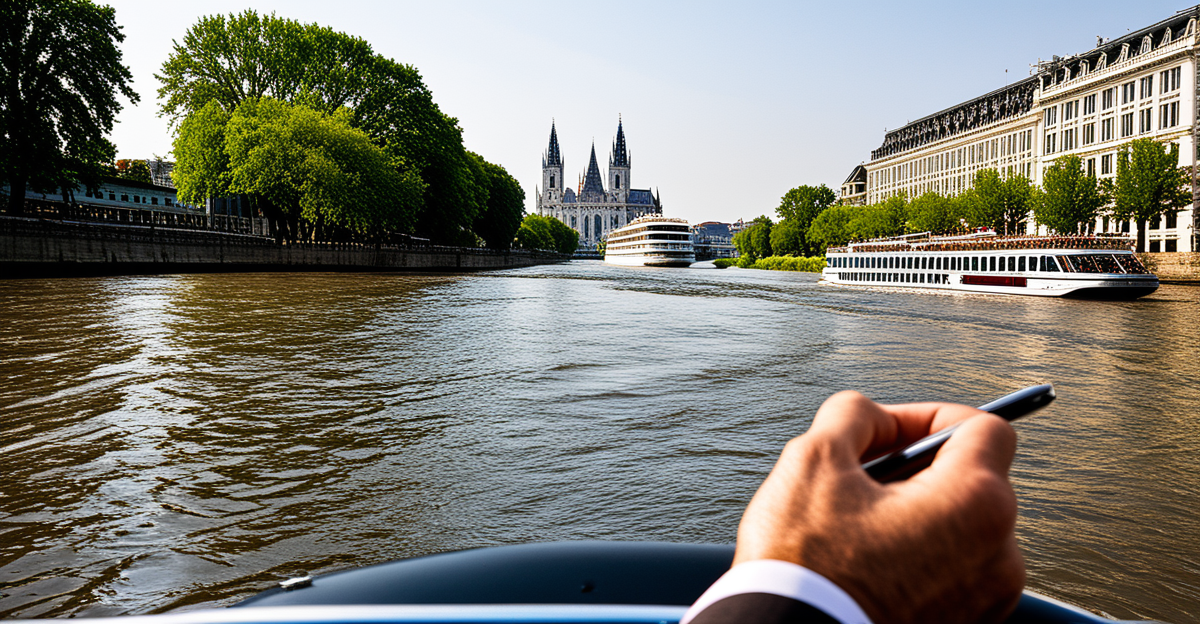
Croisière fluviale et business : une alliance professionnelle envisageable ?
Opportunités et atouts des croisières fluviales pour le business Les croisières[…]

Révélation : Comment le Covid-19 a Transformé le Visage du Tourisme Rural
Les transformations majeures du tourisme rural depuis la pandémie Depuis l’impact[…]
Évasion Parfaite : Choisissez entre une Retraite Idéale à la Campagne ou un Séjour Radieux au Bord de la Mer !
Comparaison des atouts : campagne versus bord de mer Comparons d’abord[…]
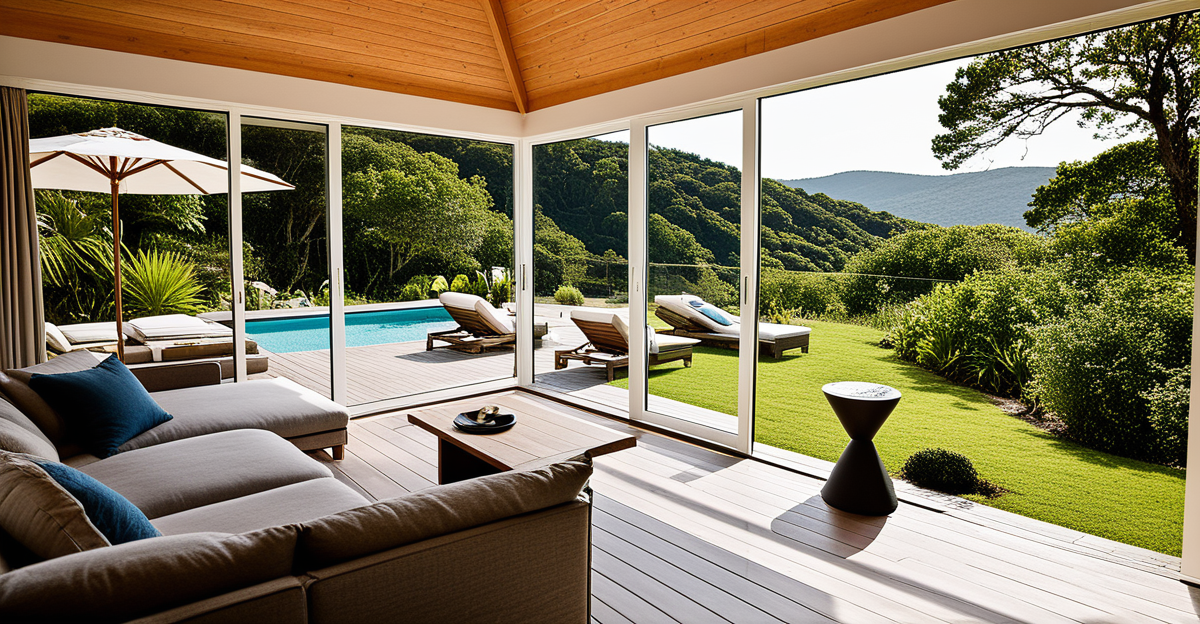
Maisons de vacances en location pour longs séjours : découvrez les atouts et les défis!
Avantages de choisir une maison de vacances en location pour longs[…]
Métamorphoser un Mobil-Home en Charmante Maison d’Hôtes : Guide Créatif et Innovant
Les Premières Étapes pour Réussir la Transformation d’un Mobil-Home Avant de[…]
Comment les réseaux sociaux transforment-ils la promotion des destinations touristiques ?
Influence des réseaux sociaux sur le marketing des destinations touristiques Les[…]
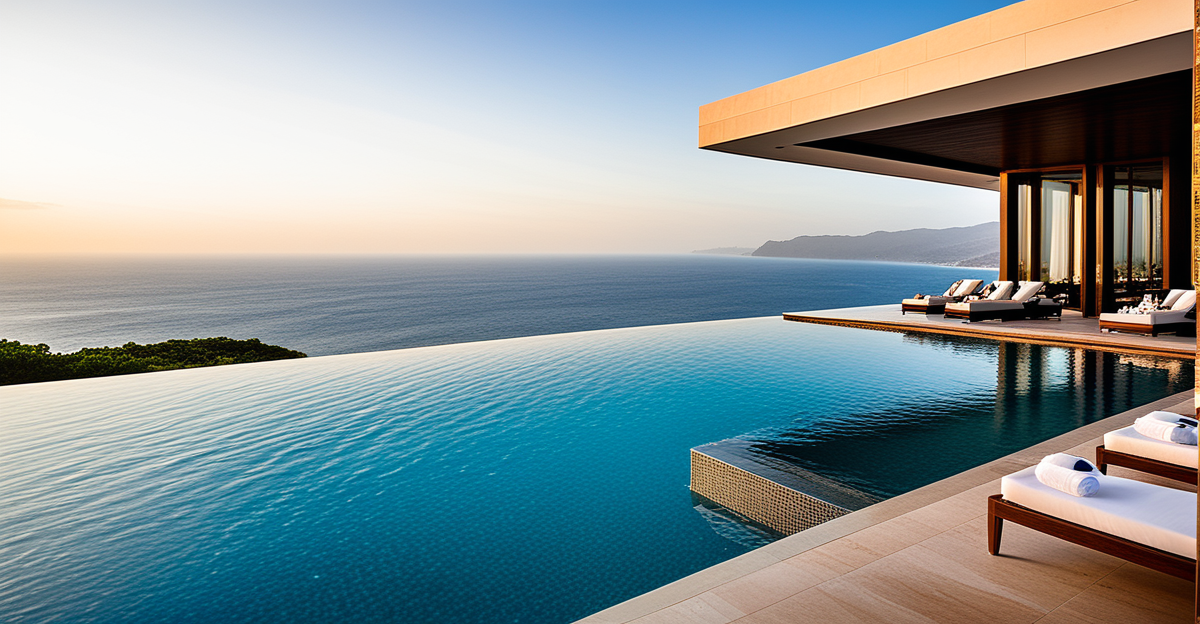
Évadez-vous dans les Éblouissantes Piscines à Débordement des Hôtels de Luxe : Une Aventure Inoubliable!
Découvrez les plus belles piscines à débordement de luxe à travers[…]


